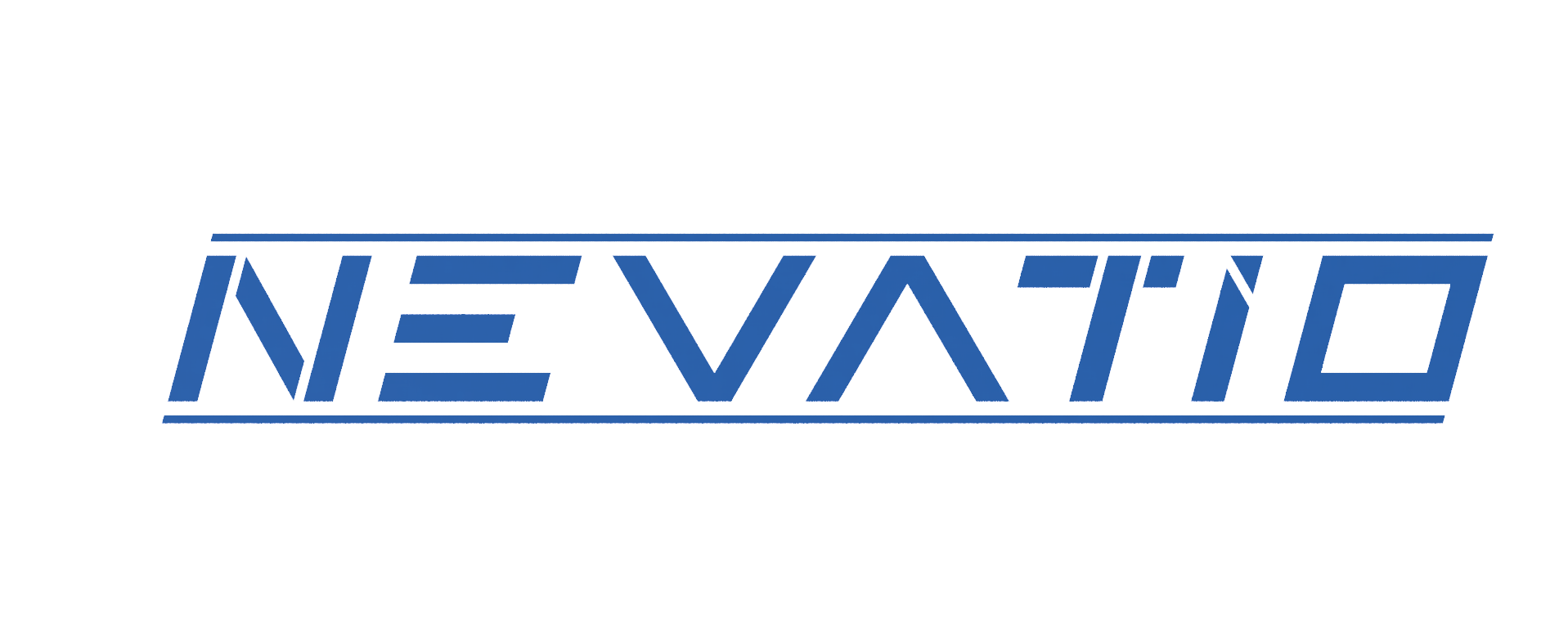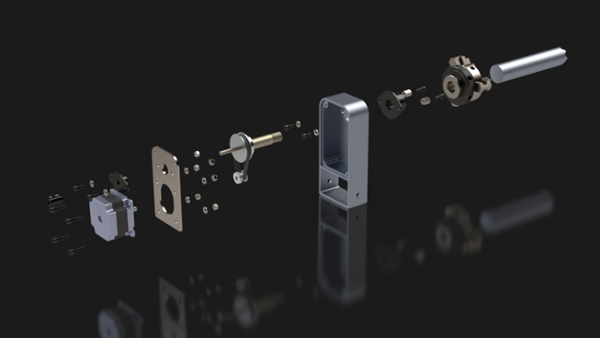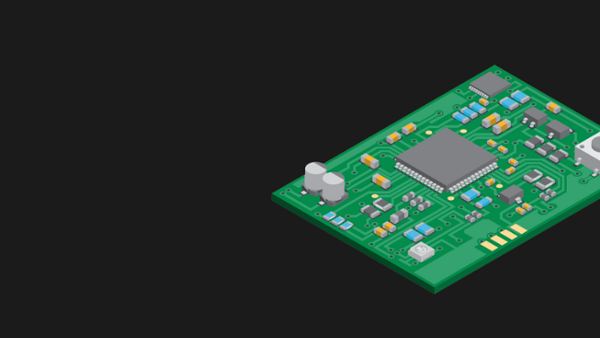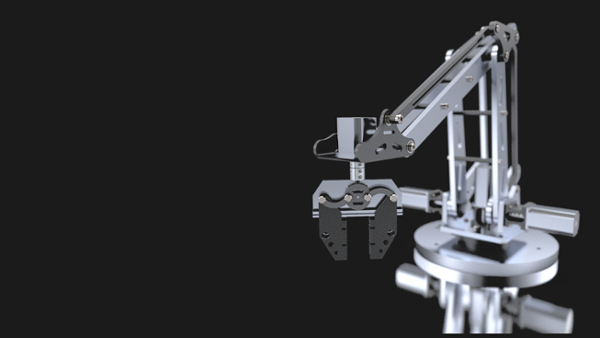Jigs and Fixtures
Resources
What are jigs?
A jig is essentially a tool that helps to accurately repeat the same action over and over again. By holding a workpiece at several points or allowing work-pieces to clamp together, jigs allow users to drill holes, remove material precisely.
In other words, a jig is a work-holding device that holds, supports, and locates the workpiece in order to guide one or more tools.
What are jigs used for?
The main purpose of a jig is to provide repeatability, accuracy, and interchangeability in the manufacturing process. This makes it much easier for manufacturers because they don't need to reinvent their machines every time they make new pieces.
Jigs can also be used to create an alternate layout of the product that may provide more efficient manufacturing than what was originally possible using only tools with limited range and precision (e.g., milling machine).
Where are jigs used?
Jigs are used in uni-dimensional machining processes like drilling, tapping, and reaming.
Jigs are indispensable in the machining process. They help guide and hold workpieces to a specified location, thus ensuring that any drilling or tapping will be accurate. These devices can also have clamps on them for holding objects firmly during reaming.
Machining is one of the most important and ubiquitous processes in engineering. This process can broadly be classified into two categories: uni-dimensional machining, where a single part is produced from just one side; or bi-directional processing which involves cutting both sides simultaneously with drilling a hole on each end to ensure that it goes through completely all layers of metal.
Drilling is an excellent example of this type of manufacturing since holes are often drilled perpendicular to existing surfaces rather than parallel like tapped threads would require. When discussing jigs - these pieces hold workpieces at precisely defined locations so they stay steady while being worked on by mills, lathes, etc.; some varieties even have built-in features such as indexers.
What are some type of jigs?
Some types of jigs include:
- Template jig
- Plate jig
- Diameter jig
- Channel jig
- Ring jig
- Box jig
- Leaf jig
- Angle plate jig
- Indexing jig
- Trunnion jig
What are fixtures?
Fixtures are the work-holding devices that hold, support, and locate workpieces but not guides the cutting tool to perform a specific operation.
Fixtures can be as simple as clamps or jigs used in woodworking called vises for holding material together while it is being cut with power saws; they may also resemble small tables such equipment that has been developed to hold pieces of metal sheeting so that holes could be drilled through them at various angles without moving their position on a flat surface by using fixtures like drills and drill presses.
What are fixtures used for?
The main purpose of fixtures is to hold and secure the workpiece against movement. They also supply accurate and repeatable alignment for machining operations, as well as interchangeability in product manufacture.
Fixtures are often used to hold the workpiece in place while machining it. In some cases, they also help guide and support the cutting tool's movement as well as limit access of any foreign objects that might compromise accuracy or quality.
Fixtures are critical manufacturing tools that enable automation.For example, An automobile assembly line is not possible without the hardworking fixtures that secure and guide cars through the welding and assembly process. Fixtures can also be used to hold a product in place for optical and laser scanning to assess manufacturing quality.
What are the benefits of using fixtures?
Fixtures have a variety of uses when performing multi-dimensional milling tasks such as grinding, turning and more which can range from holding both small parts up to large pieces like blanks for pipe making; limiting an object’s unwanted motion during use; aiding with precision by restricting point loads on sensitive areas; guiding tools through complex passages without compromising its integrity.
What are some types of fixtures?
Some types of fixtures include:
- Plate fixture
- Angle plate fixture
- Vise-jaw fixture
- Indexing fixture
- Multistation fixture
- Profile fixture
- CNC fixtures
What are some fixture design techniques?
- 3D printed jigs and fixtures – better for organic and complicated shapes in which the tolerances are looser than the 3D printed tolerance.
- Use of attribute gauges in strategic test fit points – set gauges are calibrated and installed in specific positions to measure the fit of particular components. Critical positions and mating faces, mounting holes, and other attributes can be tested with these gauges.
- Check fit gauges are based on GD&T standards with established datum points designated by the engineer in a drawing.
The importance of jigs and fixtures
Maximizing production efficiency and productivity is often a key concern for manufacturers. Jigs and fixtures are manufacturing tools used to increase the reliability, accuracy and quality of the manufacturing process while minimizing production cycle times and improving worker safety.
Essentially, the purpose of jigs, fixtures, and manufacturing tolls is to provide an accurate, repeatable and interchangeable manufacturing process, reduce production time and human error.
What are the differences between jigs and fixtures?
Jigs and fixture are often referred to as synonyms of each other, while sometimes both of them are used together as jig fixtures. Although the terms “jig” and “fixture” are often used interchangeably, they have quite different functions in the mass production process.
Here are some of the differences between jigs and fixtures:
Hold and Locate Functionality
Jigs hold and locate the work as well as guide tools, on the other hand, fixtures hold and locate the work but do not guide tools.
Construction and clamping
Jigs are lighter in construction and clamping with the table is often unnecessary. On the other hand, fixtures are heavier in construction and bolted rigidly on machine tables.
Uses and applications
Jigs are often used for holding the work and guiding the tool in drilling, reaming or tapping operations. On the other hand, fixtures are often used for holding the work in milling, grinding, turning or planning operations.
Gauge blocks
With jigs, the use of gauge blocks is not necessary. On the other hand, with fixtures, Gauge blocks may be provided for effective handling.
Cost
Jigs tend to be on the higher cost side when compared to fixtures.
Design
The designing of rigs may be rather complex. On the other hand, the designing of fixtures is simple as compared to jigs.
What are some advantages of using jigs and fixtures?
Jigs and fixtures have made manufacturing processes less complicated, more precise, and hassle-free from a human factor perspective. Some of the benefits of using jigs and fixtures include:
- Using them eliminates the setting time required before machining
- Using them increases the machining accuracy and production capacity
- Both tools require less skilled operation
- They contribute to the reduction of production costs
- Both tools increase machine and labor utilization while simplifying the work handling
- Both tools increase the quality of production in the industry
- They enable the quick setting of a tool and the proper positioning of the work
How are jigs and fixtures manufactured?
CNC machining is the most common manufacturing process for creating jigs and fixtures. However, in some cases, 3D printing is frequently used when the geometry of a fixture is not compatible or quickly produced with CNC machining.
Not all goods need to be made from metal. For many applications, plastic will reduce costs and meet your performance requirements.
What operators use jigs and fixtures?
Manufacturing, and Process Engineers, Project Engineering
- Welding Jigs – holds metal workpieces in fixed positions so that a human or robotic welder can easily and repeatedly fabricate many assembly parts within a manufacturing process.
- Assembly Fixtures / Part Nests – like welding jigs, assembly fixtures allow operators to secure larger workpieces while installing and assembling smaller ones into them. Some may also simulate part of the larger structure to aid in the proper installation of components. Are used for mass production in electronic components as well.
- Machining fixtures – machining fixtures/jigs are used when machining multiple components within a single machining job. They allow for rapid CNC production in batches. CAD models are generated along with part profiles for programing machine jobs.
Quality Control Engineer, Quality Manager
- Check fit (Go/No-Go) Fixtures – these fixtures are used during the quality control stage. Parts are dropped into a preset fixture to check different points are within tolerance in a specific orientation. Multiple different jigs can be used for the same part to check different attributes. Parts are judged on a pass/fail basis on whether all attributes meet the tolerance and fit requirements or not. This allows for quick and efficient inspection as parts come off the assembly line.
Assembly Engineers, Machine shops with large production runs
- Mobile part handling tools – Hand fixtures custom-designed to fit larger components and are used for transporting, positioning, and handling by either robots or human operators.






